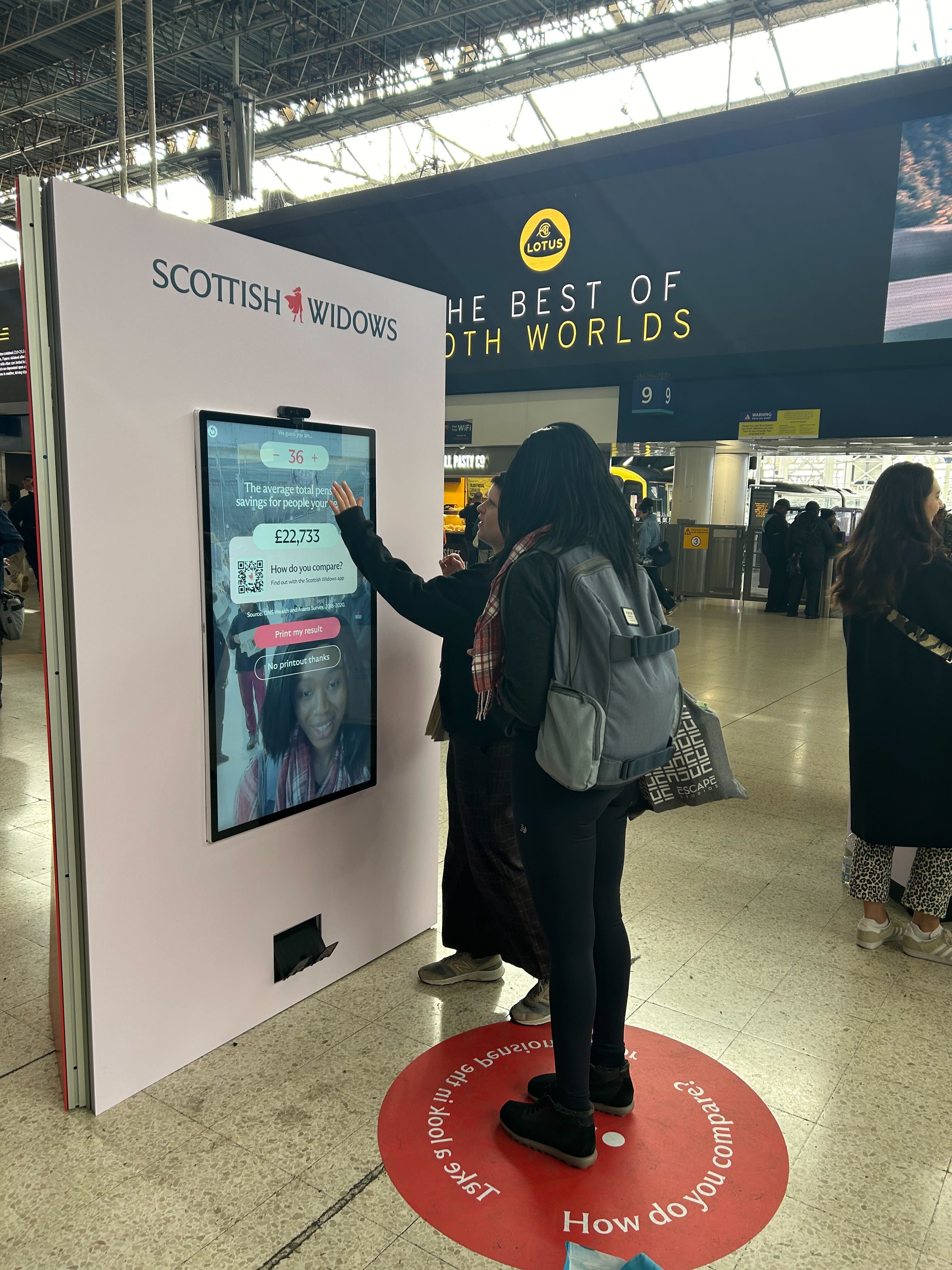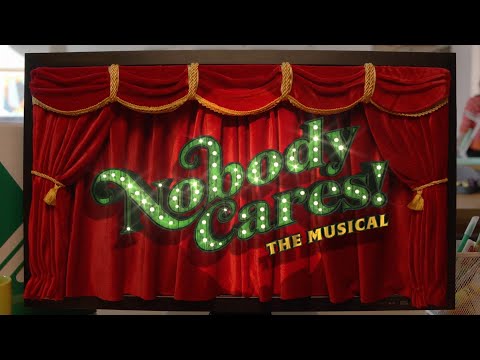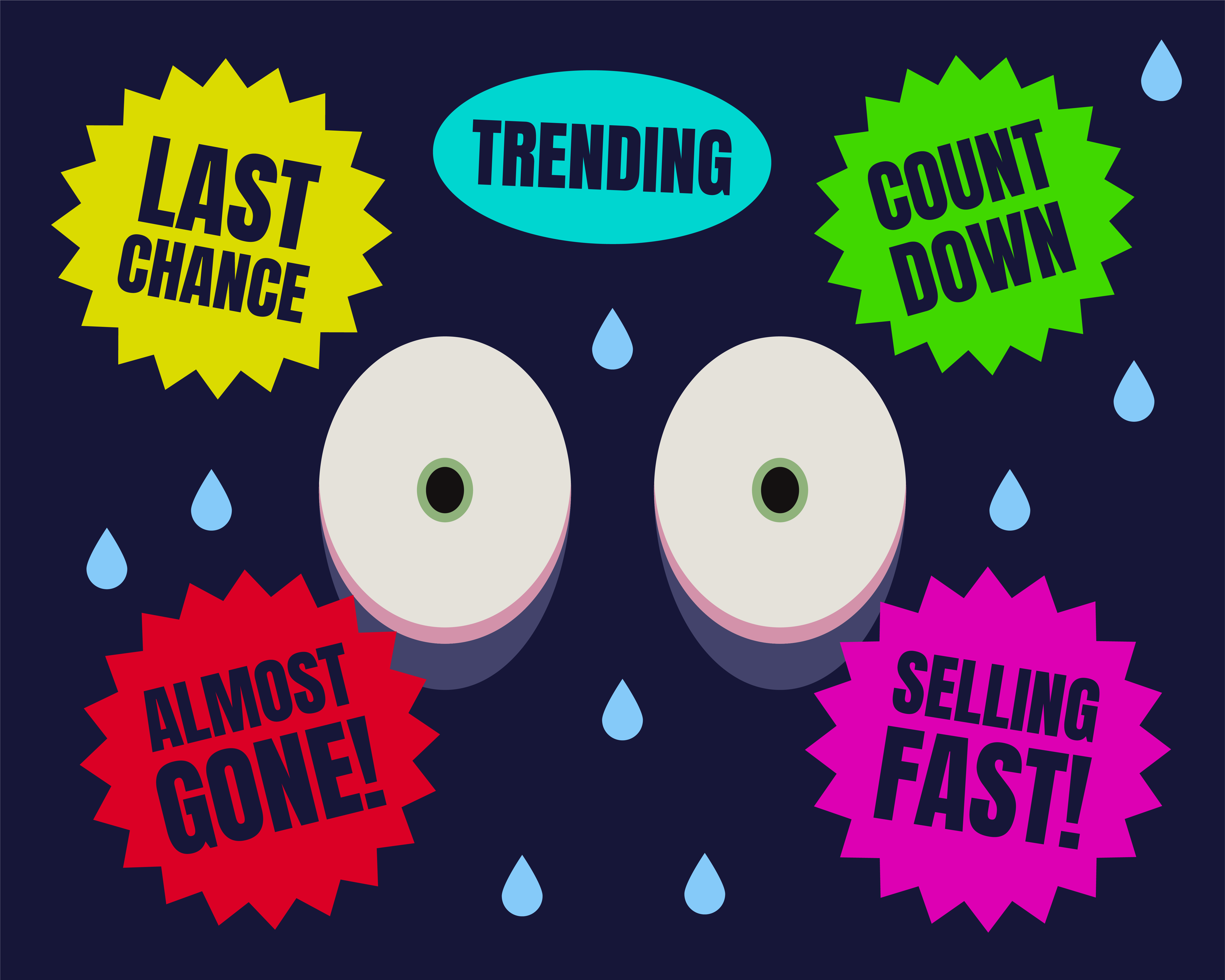AI has radically shifted how we think about the creative process. Whether through art, design, music or storytelling, it’s no longer solely we humans wielding the brush or composing the score. Talking about the use of AI in creative industries leads to deep questions about what AI means for us not only as a business but as people. It’s a conversation we can’t afford to ignore.
Is AI ‘knock knock knocking’ down doors for creativity?
AI changes everything but it’s not all scary.
It offers the potential to unlock creativity for many. It can help create things we never thought possible. Tools like DALL·E or MidJourney take a few words and transform them into art.
This opens doors for people who might not have the technical skills but have the prompts. Democratising creativity means more voices, more stories, and more diverse expressions of art.
AI can also turbo-charge our productivity. Once the big idea is there, creatives can spend a lot of their time on repetitive tasks, such as resizing hundreds of images or adjusting small design elements across many assets. With us guiding and checking it, AI could be working away in the background – freeing up human creators to focus on the consistent quality of the work and the bigger picture. In this context, AI can be the ultimate creative assistant.
But AI’s impact goes further than making things easier or faster. It can help us find a way to dream bigger. One example is within architecture, where AI can suggest building designs. This leads to architectural forms like never before. Writers can get story prompts from AI tools that suggest wild twists and new genres. AI’s ability to process massive amounts of data means it can make connections quickly, instantly imagining new ideas.
A fearful future for humanity
But there’s a darker side to this shiny new thing.
At its core, creativity is a key part of being human. It’s a messy, deeply personal process. Art is about sharing our emotions and experiences, our struggles and our joys. AI-generated art, although technically brilliant, feels hollow and without meaning. When a human creates, it’s an act of self-expression, a way of connecting with others. Can AI, an algorithm with no soul, ever do that?
And then there’s the question of originality. AI learns from huge datasets to generate content. It's often learned from existing works created by us humans. It’s incredibly referential and derivative. But where’s the line between inspiration and theft? Many artists have found that their work is being used to train AI systems without their permission. These systems can create works that mimic their style without crediting or compensating them. Ownership, plagiarism, and fairness are tough ethical issues to resolve. This will only increase as AI integrates more and more into our lives.
There is a perceived risk that AI will make a lot of jobs redundant. If AI can generate logos, design ad campaigns, or write copy in minutes, then what happens to the human designers and writers who depend on that for their livelihood? Where in pursuit of efficiency and cost-cutting, companies are turning to AI instead of hiring human creators. But this isn’t just about losing jobs; it’s about devaluing human creativity.
The real threat
Let’s dig deeper into the perceived ‘threat’ of AI. Beyond potential job losses, something we creatives are scared of is brands and creative outputs becoming too similar. No new, standout ideas. Outputs feeling a bit blah because everyone is using AI. As we know AI, although it would appear to be creating the ‘new’, is only answering using existing data.
However, this actually echoes a problem us human creatives already have and something that keeps our creativity on its toes. No idea is truly ‘original’. It is usually sparked in some small way by something else, in a different time and space perhaps, that’s already existing. Creating something truly, 100% original, is nearly impossible.
So, what we’re left with is a very human and very creative opportunity. When a human is involved, guiding, prompting the AI, then, just perhaps they can power something different. So rather than being for or against it, it's a question of HOW it should be used best. When it creates greater value out of human ideas.
When two become stronger than one
A picture-perfect example of human creativity and AI ability coming together is our award-winning Scottish Widows, Pension Mirror. We combined our creative minds with the technical capabilities of AI to create an AI mirror that guesses a person's age to get them to engage with their pension. A human idea and design met with the technologies of AI, creating something unique that can be ever-changing due to the technical advances that are available with AI. But AI isn’t the focal point of our experience at all. It just enables a very human desire to find out how old they really look.

And we think Fiverr, a global platform connecting freelancers, would wholeheartedly agree with this. In fact, they created an entire musical, using AI of course, about how “no one cares” if you are using AI.
They position AI as a means to an end and that it’s an inevitable part of the creative process now that people expect but don’t focus on. Instead, what we should be talking about more, they say, is effectiveness and impact as the ultimate measure of success.
A potion of powers for the future
In conclusion, perhaps it isn’t as simple as for or against. But whichever parts of the debate you agree with, AI is here to stay. It does have the potential to power incredible tools that can enhance creativity, making the creative act more accessible. It could also free up time that’s currently spent on important, but less creative, repetitive tasks. And new possibilities offer us huge opportunities. Therefore, we should get to grips with AI, while keeping the balance with the human element that makes creativity so powerful and special. By ensuring AI complements what we do rather than competing with it.
Fiver, Nobody Cares: The Musical:
Fighting together to protect the future of creativity
Here at The Union, we are Agents of Change and with that comes a profound role to shape culture and guide our clients and audiences through change. With Pension Mirror as an example, we’ve proven that human creativity is the backbone on which AI stands and can elevate our ideas even more and make them come to life in new and exciting ways.
At The Union, we’re not scared of change, we embrace it. We have an AI committee which will help us continue to learn more about AI, and adapt and use it to our, and our clients’, advantage.





